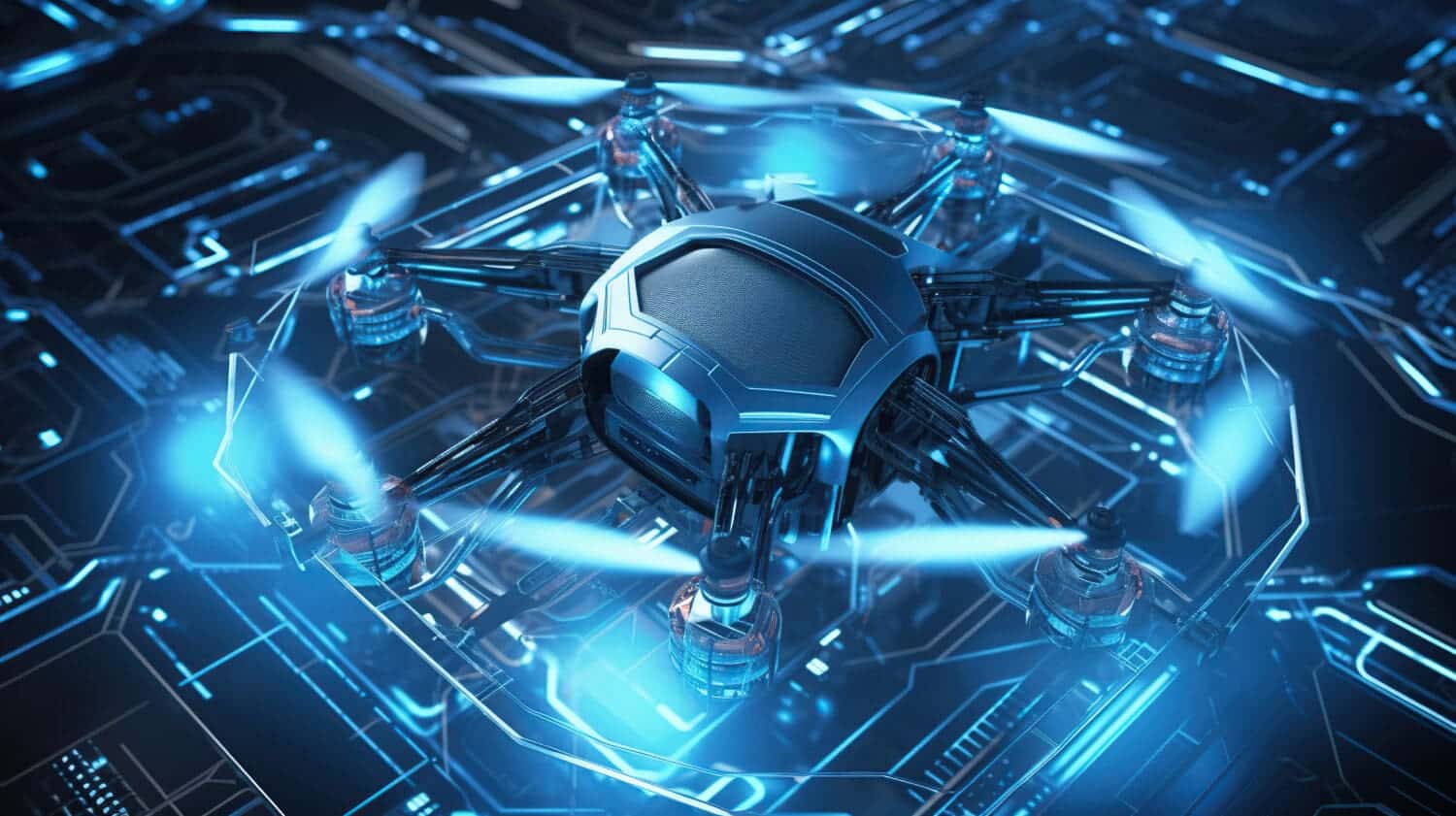In the rapidly evolving landscape of technology, the significance of low latency is becoming increasingly apparent across various sectors, most notably in defense, security, and commercial applications. Maris-Tech delves deeper into the importance of a low latency network, illustrating its impact through real-world examples and relevant statistics.
What is Low Latency?
Low latency refers to a minimal delay between an input being processed and the corresponding output. In technical terms, it is the brief time interval for data to travel from its source to its destination. This rapid data processing is crucial in environments where immediate response is necessary, ensuring swift and efficient data transmission essential for timely decisions and actions.
Why is Low Latency Important?
The importance of low latency technology lies in its ability to facilitate real-time, or near real-time, interactions and decision-making processes. In a world where split-second decisions can have significant consequences, the ability to receive and process data with minimal delay is invaluable.
Low Latency in Defense and Homeland Security
In defense and homeland security, the significance of low latency is paramount for ensuring operational effectiveness, safety, and strategic superiority. The rapid and reliable exchange of information is critical in these high-stakes environments, where decisions must be made swiftly and accurately. Below are some systems where low latency is important for proper functioning.
Unmanned Aerial Vehicles (UAVs):
The use of UAVs in defense and homeland security missions is a prime example of the necessity for low latency network technology. These UAVs, employed for reconnaissance, surveillance, and combat missions, rely on real-time low latency video streaming to provide immediate situational awareness. For example, in combat scenarios, UAVs can stream live footage of enemy movements, allowing command centers to make informed tactical decisions rapidly. The military’s use of UAVs for various missions, ranging from intelligence gathering to targeted strikes, underscores the importance of low-latency communication systems. These low latency systems ensure that the data transmitted from the UAVs to the command centers is timely and reliable, which is crucial for the success of the mission and the safety of the troops involved.
Networked Battlefield Systems:
Modern warfare increasingly relies on networked battlefield systems, where various components such as soldiers, vehicles, UAVs, and sensors are interconnected. These systems facilitate a unified battlefield management system, where data from different sources is aggregated and analyzed in real-time. Low latency is crucial in these systems to ensure instantaneous communication and data exchange among these entities. This rapid exchange of information enables coordinated movements, timely responses to threats, and strategic advantages over adversaries. For instance, in an urban combat scenario, real-time data sharing can help maneuver troops safely, identify threats quickly, and minimize collateral damage.

Cybersecurity Operations:
Low latency is also crucial in defense and homeland security cybersecurity operations. Rapid detection and response to cyber threats are essential to protect critical infrastructure and sensitive data. Low-latency systems enable real-time monitoring and swift reaction to potential cyber-attacks, ensuring the security of digital assets and communications.
Remote Weapon Systems:
The operation of remote weapon systems, such as unmanned ground vehicles or naval vessels, depends significantly on low-latency communication. These systems require real-time control and feedback to ensure accuracy and efficacy in mission execution. Delays in command execution or feedback can lead to operational failures or unintended consequences.
Command and Control Systems:
Command and control (C2) systems in defense operations integrate information from various sources to provide a comprehensive operational picture. Low latency in these systems is essential for the timely dissemination of command decisions and intelligence reports, which are critical for coordinated action and strategic planning.
Emergency Response and Disaster Management:
In homeland security, low latency is vital for emergency response and disaster management. Quick and reliable communication systems enable efficient coordination among various agencies during emergencies, such as natural disasters or terrorist attacks. Rapid data processing and transmission facilitate real-time decision-making, resource allocation, and response planning, which are crucial for minimizing the impact of such events.
Low Latency Applications in the Commercial Industry
In the commercial sector, low latency finds varied applications with significant impacts. Below are some examples of low latency applications.
Low latency trading:
In high-frequency financial trading, a delay of even milliseconds can result in substantial economic losses.
Remote healthcare:
In telemedicine, especially in remote surgeries, a delay can mean the difference between a successful operation and a medical mishap. Low latency ensures that surgeons receive real-time feedback on their actions, which is crucial for patient safety.
Video streaming:
In commercial applications, UAVs are used for a range of activities, from infrastructure inspection to agricultural monitoring. Here, low latency video streaming is vital for immediate analysis and decision-making. For example, in agriculture, UAVs provide real-time data on crop health, enabling farmers to make immediate interventions.
Online Gaming:
The entertainment industry, especially online gaming services, thrives on providing seamless, real-time user experiences. Low latency is crucial in this sector to avoid buffering, ensure synchronization, and maintain user engagement.
Automotive Industry:
The automotive sector, especially in developing autonomous vehicles, relies on low latency for real-time data processing. This is crucial for the safety and efficiency of self-driving cars, where delayed responses to road conditions or obstacles can pose significant risks.
Cloud Computing and Data Centers:
Low latency is essential for faster data access and processing in cloud computing. Businesses that rely on cloud services for real-time data analytics, customer interactions, or operational management benefit from reduced latency, improving efficiency and decision-making.
Retail and E-Commerce:
In retail and e-commerce, low latency impacts everything from website load times to inventory management. Faster website performance enhances customer experience and reduces bounce rates, while efficient inventory management systems rely on real-time data processing to ensure stock availability and supply chain efficiency.
Virtual and Augmented Reality (VR/AR):
Low latency is critical for creating a seamless and immersive experience in VR and AR applications. Delays in processing can lead to motion sickness and a disjointed experience, making low latency a critical factor in developing and enjoying VR/AR content.
Low Latency as a Key Factor in Technology Today
The role of low latency in technology spans various critical sectors, marking its significance in the modern world. From ensuring national security in defense operations to facilitating a wide range of commercial applications, low latency is a crucial driver of efficiency, effectiveness, and safety. As technological advancements continue, pursuing even lower latency remains a primary objective, shaping the future of technological interactions and applications across industries.
The growing reliance on technology for critical operations and everyday conveniences underscores the importance of continued innovation in this area. As we move forward, low latency will not only remain a pivotal aspect of technological advancement. Still, it will also become an increasingly crucial factor in a wide array of applications, from military operations to commercial endeavors and beyond. At Maris-Tech, we offer advanced AI-edge video and analytics technologies. Learn more about how Maris-Tech masters low latency technologies.

